Things are getting into overdrive as the actual 5G auction time draws near, which would pave the way for the final rollout of the services in the country by various telcos.
After the Ministry of Information and Broadcasting (MIB) recently issued an advisory to the distribution platform operators (MSOs and DTH operators) to take guard against downlink station interferences from 5G services, TEC, an unit of Ministry of Communications, has come out with further details on the issue of bandpass filters.
The Telecommunication Engineering Centre (TEC), the technical arm of the Department of Telecoms, has come out with specifications of the band pass filters, which can help mitigate the interferences, and has released late last week the draft standards for generic requirements for the filters.
Taking a cue from telecom regulator TRAI recommendations on 5G auction and related issues, the TEC note said, “One simple and effective solution to enable the co-existence of 5G services and Fixed Satellite Service (FSS) receiving earth stations within the same geographical area is to retrofit the FSS earth station with a microwave bandpass filter (BPF) at the receiving antenna.”
It further added: “Choosing the right BPF can help suppress the 5G interfering signals with the least impact on in-band FSS traffic. This will help 5G network deployments. As the IMT emissions are going to be in the 3300-3670 MHz band and may saturate the Low Noise Block (LNB) of the FSS earth station, which traditionally operates in the 3400-4200 MHz, there is a need to make use of high-quality bandpass filters operating in 3700-4200 MHz range.”
Few DPOs may have installed band pass filters earlier. However, with the reduction in the guard band between the 5G networks and the receive-frequencies of the distribution platforms, they may need to have a relook at their networks.
The TEC note explained that to solve the problem of co-channel interference and adjacent-channel interference in the 5G spectrum, a specific type of microwave bandpass filter (BPF) is required. “This bandpass filter is mounted on the C-band antenna to filter out unwanted frequency interference signals from surrounding 5G base stations. The Generic Requirements of these bandpass filters have been described in this document,” the note added.
It’s time the DPOs start studying the TEC note to explore identifying the right type of the band pass filters as it would impact the reception of the signals at their headends.
Earlier, in its recommendations, TRAI, among other things, had stated as the IMT emissions in the 3300-3670 MHz may saturate the low noise block (LNB) of the FSS earth station, which traditionally operates in the 3400-4200 MHz, there is a need to make use of high-quality bandpass filters operating in 3700-4200 MHz range.
“DoT should ask the Ministry of Information and Broadcasting to take appropriate action and sensitize the MSOs, DTH operators, and other users to ensure the use of high-quality bandpass filters operating in 3700-4200 MHz range to avoid interference from IMT stations.
“In order to avoid unwanted out of band emissions of the IMT stations falling within the FSS operating band 3700-4200 MHz, DoT should prescribe for having a sharp Spectrum Mask for IMT transmitters with an out-of-band PFD limit,” TRAI recommendations said, which had been promptly accepted by the Ministry of Telecoms.
 Goafest returns to Goa this year in May
Goafest returns to Goa this year in May 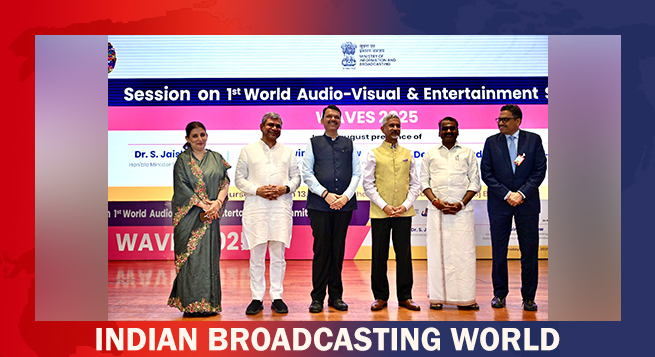 Top India Ministers pitch WAVES ’25 to foreign envoys in New Delhi
Top India Ministers pitch WAVES ’25 to foreign envoys in New Delhi 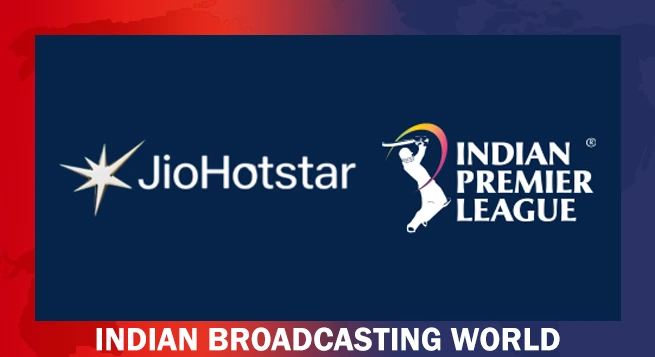 JioStar secures 20 top brands for TATA IPL 2025
JioStar secures 20 top brands for TATA IPL 2025 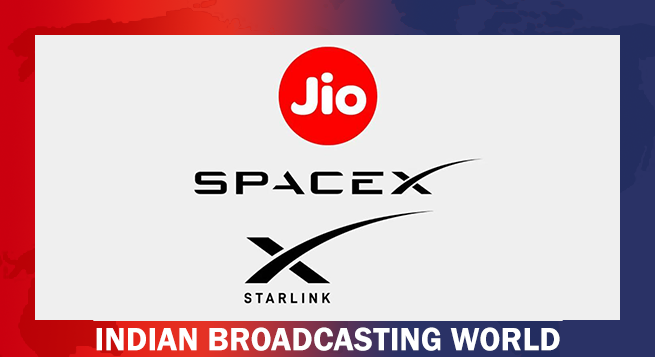 After Airtel, Reliance announces pact with Starlink
After Airtel, Reliance announces pact with Starlink  Moneycontrol Global Wealth Summit charts India’s $10 trillion market-cap journey
Moneycontrol Global Wealth Summit charts India’s $10 trillion market-cap journey 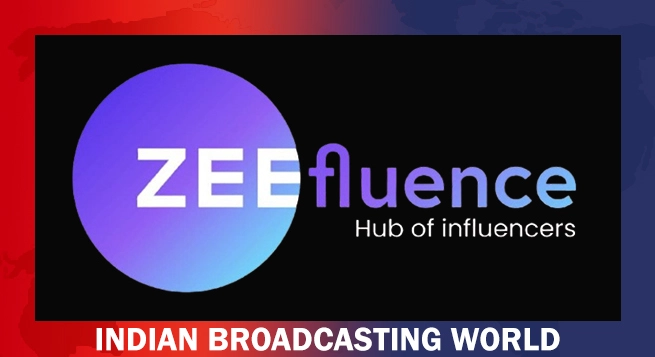 Zeefluence to revolutionize influencer marketing
Zeefluence to revolutionize influencer marketing  Nitin Gadkari to inaugurate 32nd Convergence India & 10th Smart Cities India Expo
Nitin Gadkari to inaugurate 32nd Convergence India & 10th Smart Cities India Expo 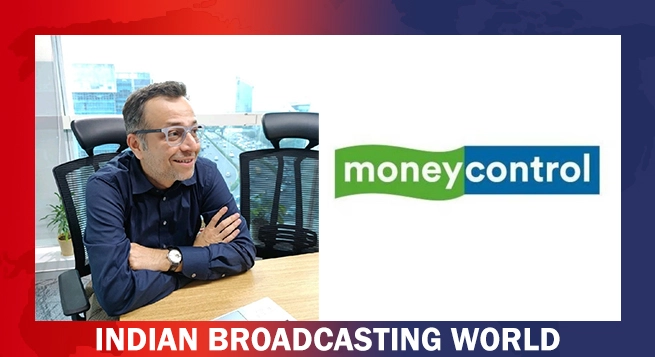 Zarrar Don named Moneycontrol’s Chief Revenue & Business Growth Officer
Zarrar Don named Moneycontrol’s Chief Revenue & Business Growth Officer  Ayushmann Khurrana named ‘Fit India Icon’
Ayushmann Khurrana named ‘Fit India Icon’ 








